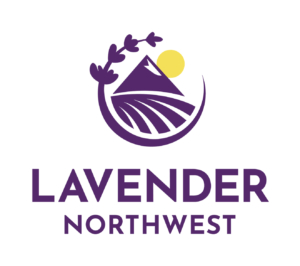We all know that lavender has wonderful culinary uses, but it can also be used as a delicious tea, either by itself or mixed with other beneficial herbs. Here’s a little information about lavender and a few other easily accessible botanicals you can grow that make lovely beneficial teas.
LAVENDER
Let’s start first with dried culinary lavender buds (L. angustifolia cultivars), since they can be mixed with many other herbs for a unique and personalized tea blend.
According to medicinenet, drinking lavender tea:
- Helps with anxiety and depression
- Helps improve sleep
- Reduces menstrual discomfort
- Has antibacterial effects
- Reduces heart rate and blood pressure
- Has antioxidant effects
LEMONGRASS
This is a new one for me, and one I will have fun experimenting this winter, since I have a small bunch growing in our greenhouse.
According to Medical News Today, lemongrass tea:
- Relieves anxiety
- Lowers cholesterol
- Prevents infection
- Boosts oral health
- Relieves pain
- Boosts red blood cell levels
- Relieves bloating
ROSE HIPS
Here’s a botanical that you can find in your garden right now. There is a little preparation involved, since you need to cut the rose hips in half and scrape out the little hairs inside. But once you’ve done that, there are many benefits.
According to Healthline, rose hips tea:
- Boosts your immune system,
- Aids in weight loss,
- Reduces joint pain,
- Supports healthy-looking skin
- Protects against heart disease
- Protects against type 2 diabetes
OLIVE LEAF
One tea you might not have thought of is olive leaf. If you have an olive tree, this is something you can harvest year-round, even in winter.
According to Healthline, compounds extracted from olive leaf:
- Protect the digestive system
- Protect the central nervous system
- Inhibit microorganism growth
- Reduce the risk of cancer
- Reduce the risk of inflammation
- Reduce pain stimuli
- Prevent oxidation or cell damage
Those are just a few of the tea ingredients you can grow in your own garden. And part of the fun is growing, experimenting, and creating your own unique botanical tea blends.
AS ALWAYS: Be sure to research the effects and safety of each botanical you use.
Contributed by
Pam Baker, Little Lavender Farm
Edited & formatted by
Michael Lemmers, RavenCroft







